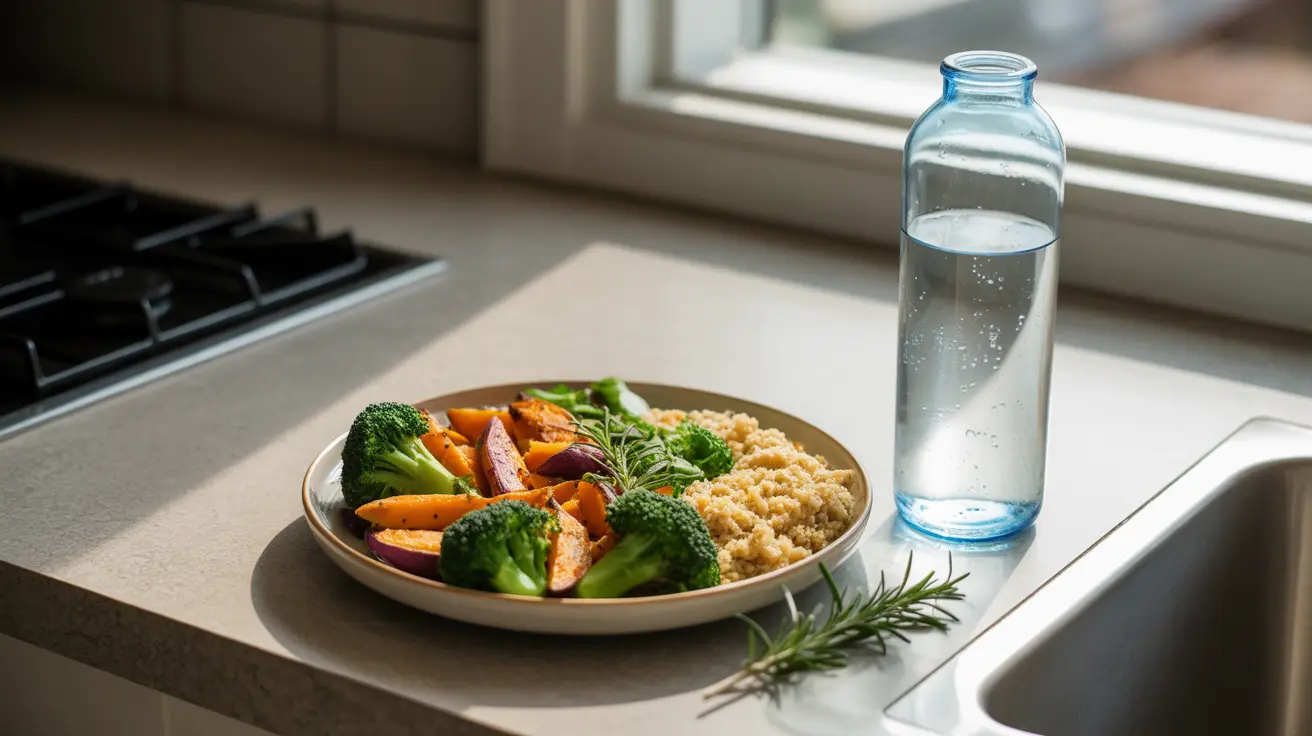Blood sugar fluctuations are a common concern for people with diabetes and those monitoring their glucose levels. Understanding what causes glucose spikes is crucial for maintaining healthy blood sugar control and preventing potential complications. This comprehensive guide explores the various factors that can trigger sudden increases in blood glucose levels and provides practical strategies for management.
Common Triggers of Blood Sugar Spikes
Several factors can cause unexpected rises in blood glucose levels, making it essential to understand these triggers for better blood sugar management:
Dietary Factors
Food choices and eating patterns play a significant role in blood sugar control. Carbohydrate-rich foods, especially those with a high glycemic index, can cause rapid glucose spikes. Common culprits include:
- White bread and refined grains
- Sugary beverages and fruit juices
- Processed snack foods
- Large portions of starchy vegetables
Physical and Emotional Stressors
The body's stress response can significantly impact blood sugar levels, even when following prescribed medication routines. Physical and emotional stressors that may cause glucose spikes include:
- Illness or infection
- Chronic stress and anxiety
- Poor sleep quality
- Physical injury or surgery
Impact of Daily Activities on Blood Sugar
Various daily activities and lifestyle factors can influence blood glucose levels:
Exercise and Physical Activity
While regular exercise generally helps maintain stable blood sugar, certain situations may cause temporary spikes:
- High-intensity workouts
- Exercising when blood sugar is already elevated
- Dehydration during physical activity
Medication and Treatment Considerations
Changes in medication routines or timing can affect blood sugar control:
- Missed or delayed medication doses
- Changes in insulin sensitivity
- Interactions with other medications
Managing and Preventing Glucose Spikes
Implementing effective strategies can help minimize unexpected blood sugar increases:
Dietary Management
- Monitor portion sizes carefully
- Choose complex carbohydrates over simple sugars
- Include protein and healthy fats with meals
- Stay well-hydrated throughout the day
Lifestyle Modifications
Making sustainable lifestyle changes can help maintain more stable blood glucose levels:
- Establish consistent meal times
- Develop regular exercise routines
- Practice stress management techniques
- Monitor blood sugar levels regularly
When to Seek Medical Help
Recognizing when blood sugar spikes require immediate medical attention is crucial. Watch for these warning signs:
- Blood glucose levels above 250 mg/dL consistently
- Severe thirst or frequent urination
- Confusion or difficulty concentrating
- Nausea and vomiting
Frequently Asked Questions
What are the most common causes of glucose spikes in people with diabetes? The most common causes include high-carbohydrate meals, missed medication doses, illness, stress, and lack of physical activity. Certain medications and hormonal changes can also trigger blood sugar spikes.
How do certain foods and portion sizes contribute to rapid blood sugar increases? Foods high in simple carbohydrates and large portion sizes can cause rapid glucose spikes. The body quickly converts these carbohydrates into glucose, leading to sudden increases in blood sugar levels.
Can stress or illness cause unexpected blood sugar spikes even if I'm taking my medication? Yes, both physical and emotional stress can trigger the release of hormones that raise blood sugar levels, even when following prescribed medication routines. Illness, particularly infections, can also cause temporary insulin resistance.
What lifestyle changes can help prevent or manage high blood sugar spikes? Regular exercise, consistent meal timing, portion control, stress management, and adequate sleep can help prevent glucose spikes. Monitoring blood sugar levels regularly and adjusting activities accordingly is also important.
When should I seek emergency care for dangerously high blood sugar levels? Seek immediate medical attention if blood sugar levels remain above 250 mg/dL despite corrective measures, or if you experience symptoms such as severe thirst, frequent urination, confusion, or nausea and vomiting.




